Soul of Matara; An Unsung City at Sri Lanka's Southernmost Tip
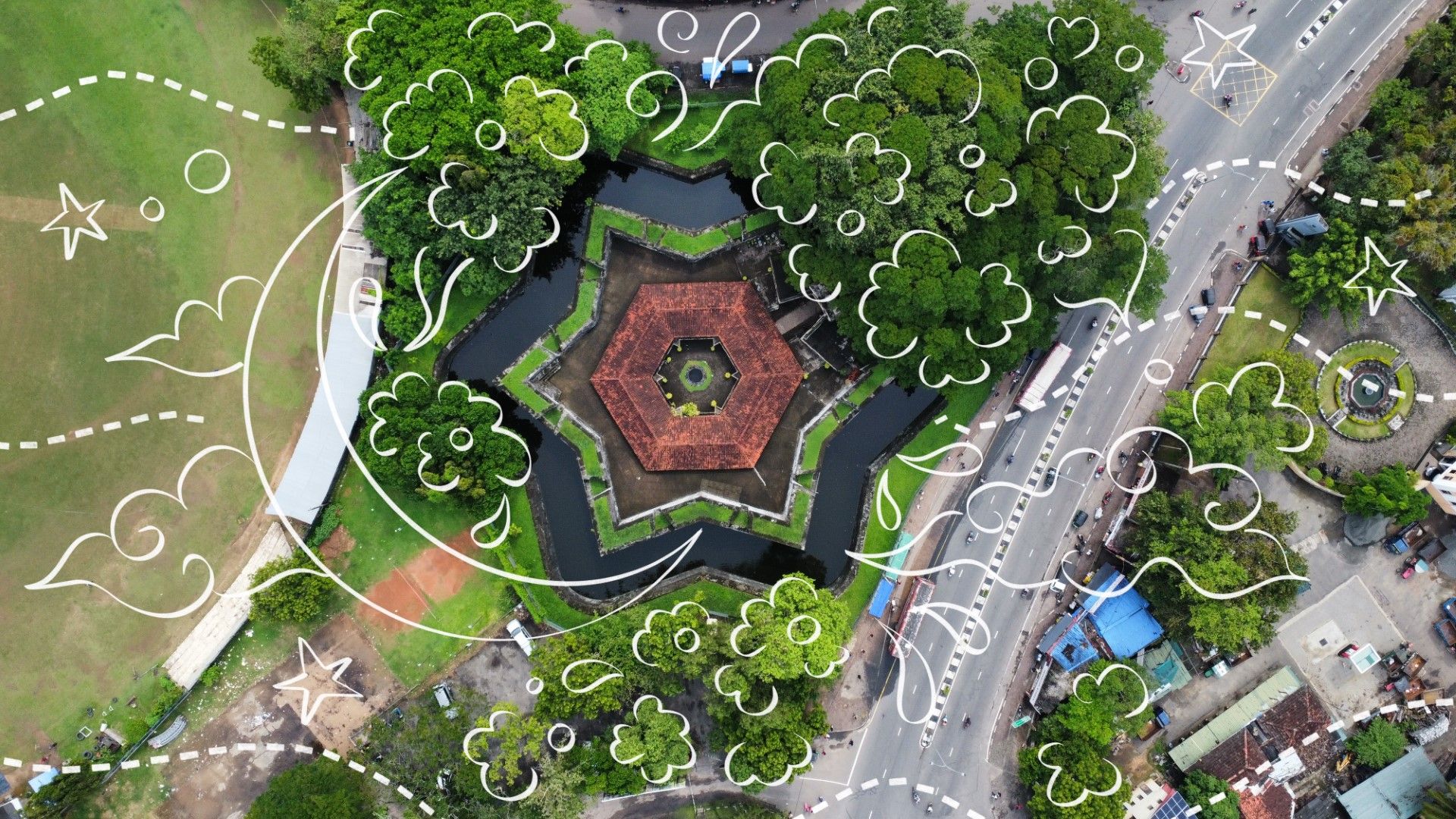
Few people have heard of Matara, but the Southernmost point of Sri Lanka, known to the countrymen as 'Dondra Head' was a place of great strategic significance in the past. Riddled with a secret history of an eluding elephant trade that complimented a thriving cinnamon trade, Matara, or Mature, as the Portuguese incorrectly pronounced it back in 1595, has an immersive legacy that is fortified in time and many legacies waiting to be discovered.
Discovering a spirit of a place requires you to see, feel, and breathe that place wearing the shoes of someone who was born there. At iDiscover we want to travel like a local and embrace the lives of the Southerners of Sri Lanka. We spent hours sprawled over ancient maps and books, drinking Ceylon tea with the sound of the sea keeping us company to learn more about this place. With us were 20 young students from Matara who unearthed many exciting stories that later gave life to six-story walks within Matara Fort in Sri Lanka. We travelled through time to find out what makes the town so special and share some little-known secrets hidden in the streets of this unsung city.

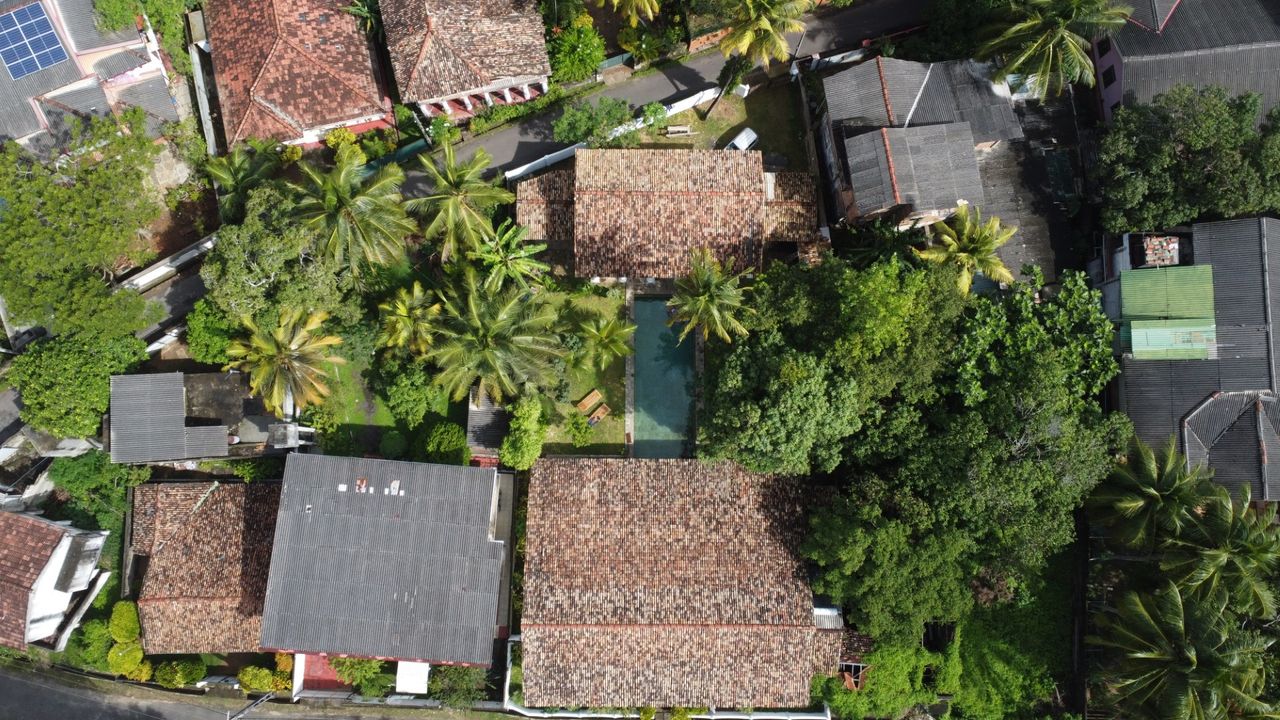
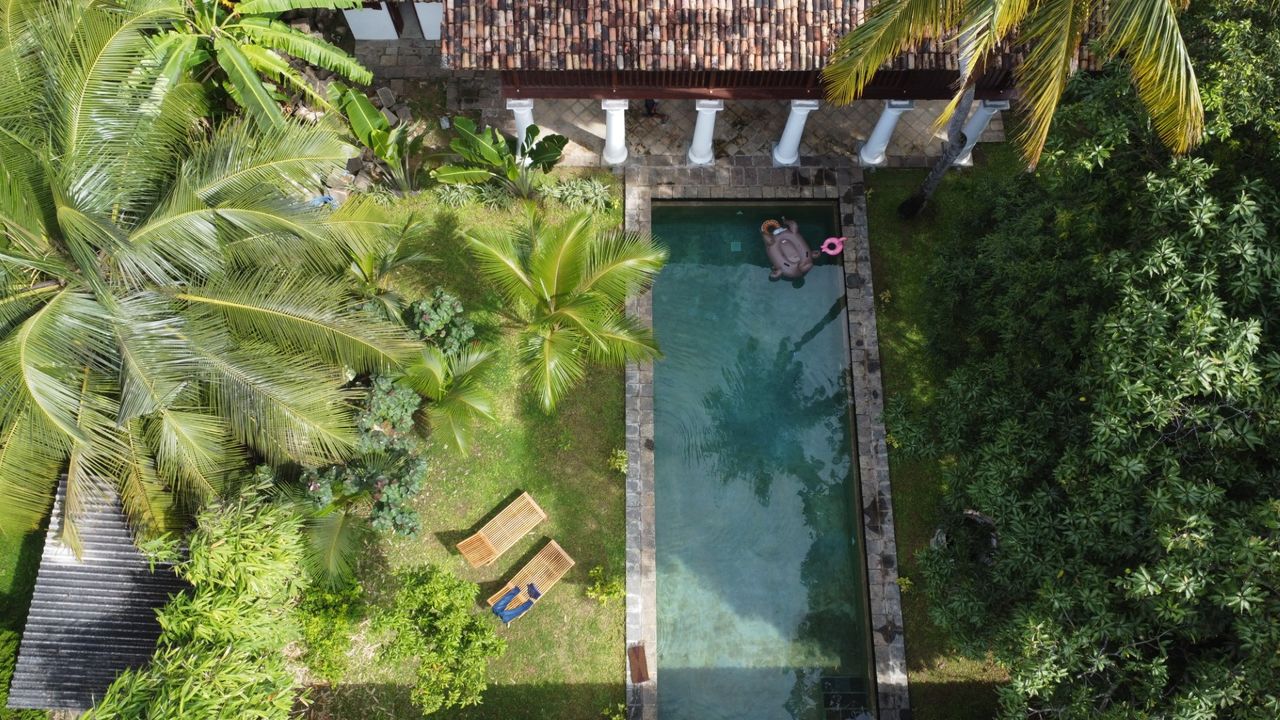
Stories of cinnamon and elephants
Centuries ago, thousands of magnificent elephants roamed wild and free in Old Ceylon. They were everywhere, even in Matara. So much so that in 1801 when British Governor Frederick North toured Ceylon, Sri Lankan workers who were with him refused to pass Matara in the evening to avoid them.
How did they get there? What happened to so many elephants? Why were they captured and taken away from their home in the jungle?
Our curiosity about these historical references led us to dig further.
1595 - Portuguese captured Colombo and Fortified Matara
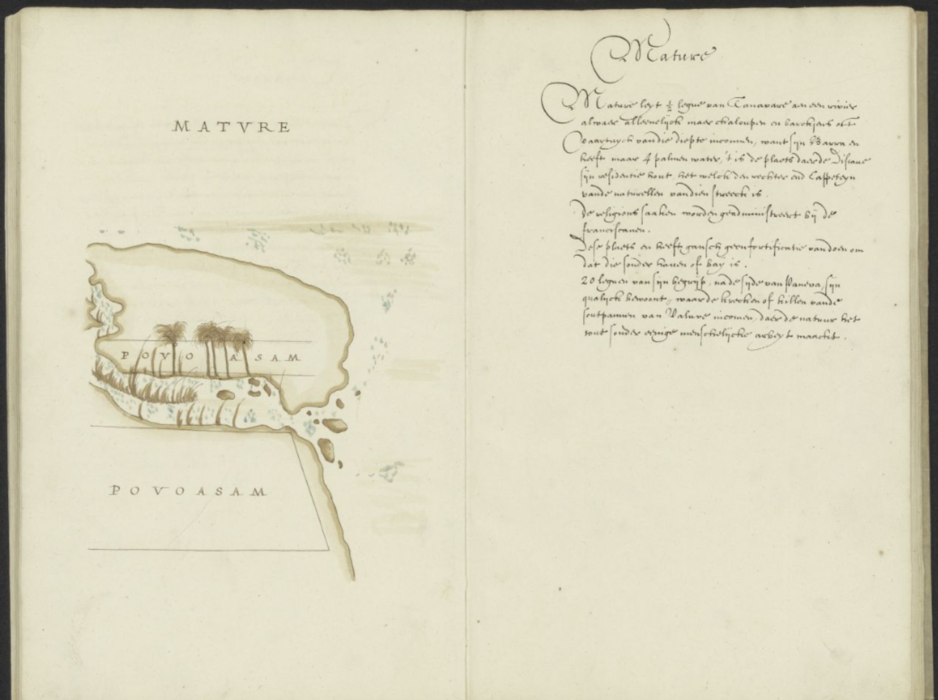
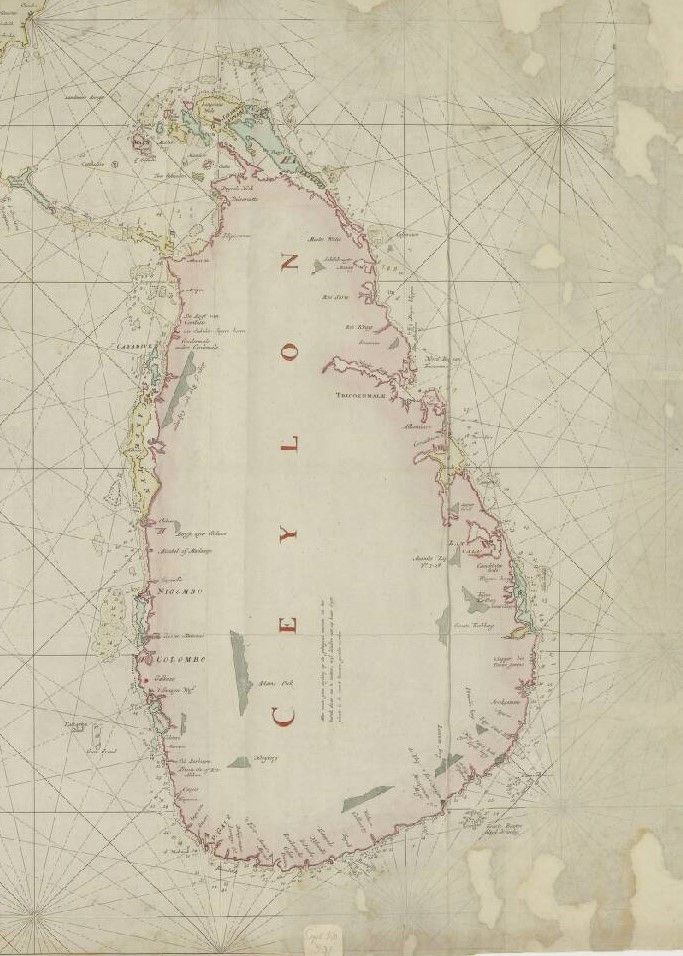

In the far past when ancient Lanka was ruled by kings and queens, what is today known as Matara, the southernmost capital of Sri Lanka was called different names. Among them were Mahathitha, Nilwalathitha and Mahithitha. The Dutch named it Mature.
In 1640 when the Dutch captured Galle and subsequently Ceylon from the Portuguese, they sought cinnamon and elephants. Unlike the eight other coastal Dutch forts in Sri Lanka, the Fort in Matara was initially built to be an elephant taming and training centre and not for military usage. Due to the ocean and Nilwala River nearby, it was easy to bring in elephants via the river from inland areas such as Akuress, Deniyaya, Tangalle and Walasmulla and ship them off as well.
Ceylonese workers under the Dutch would set up massive traps to capture the elephants, on occasion intoxicating them using local medicine available at the time. They even used tame male elephants accompanied by female elephants to lure wild elephants into these gigantic traps.
1640 - Arrival of Dutch who captured Matara from the Portuguese
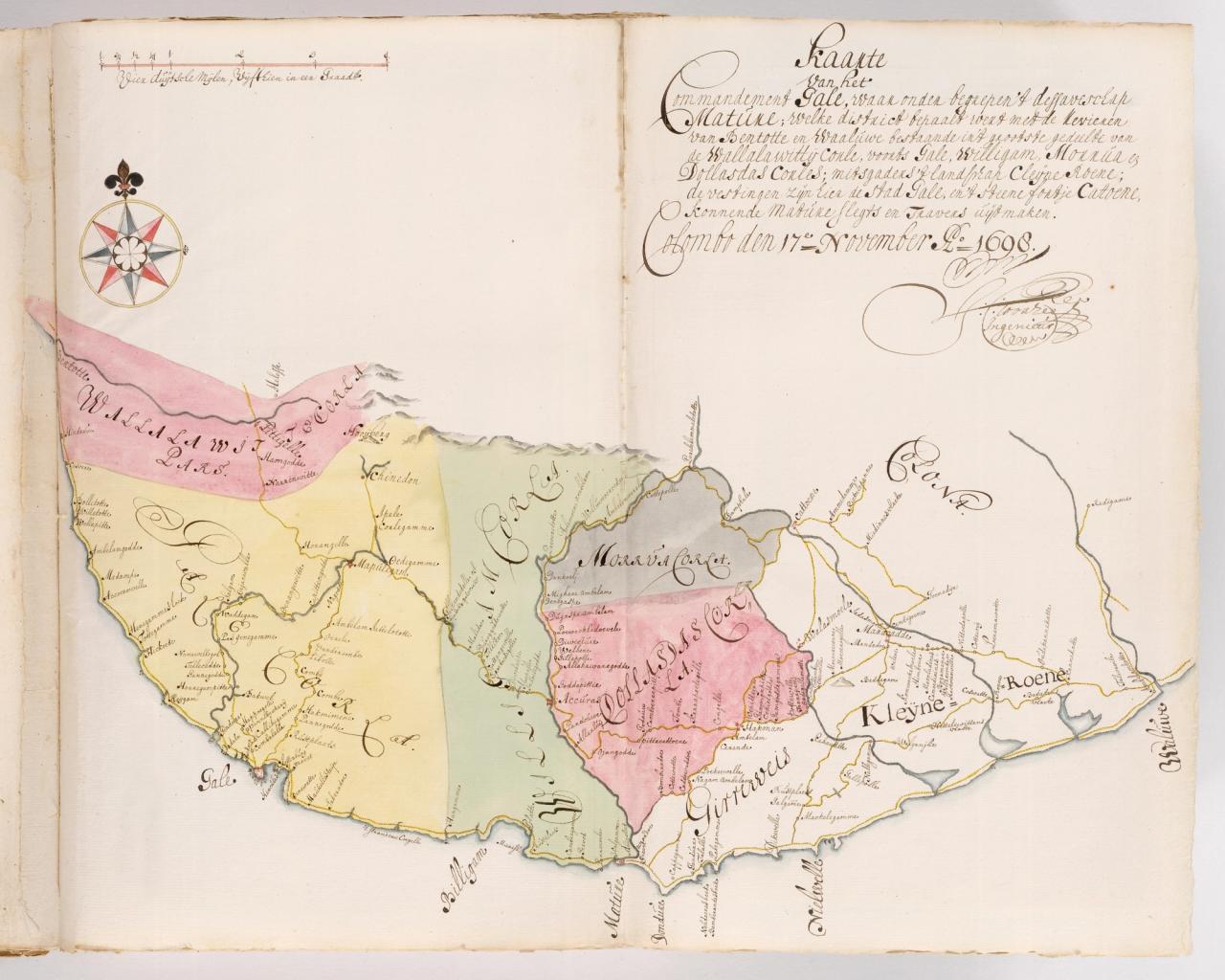
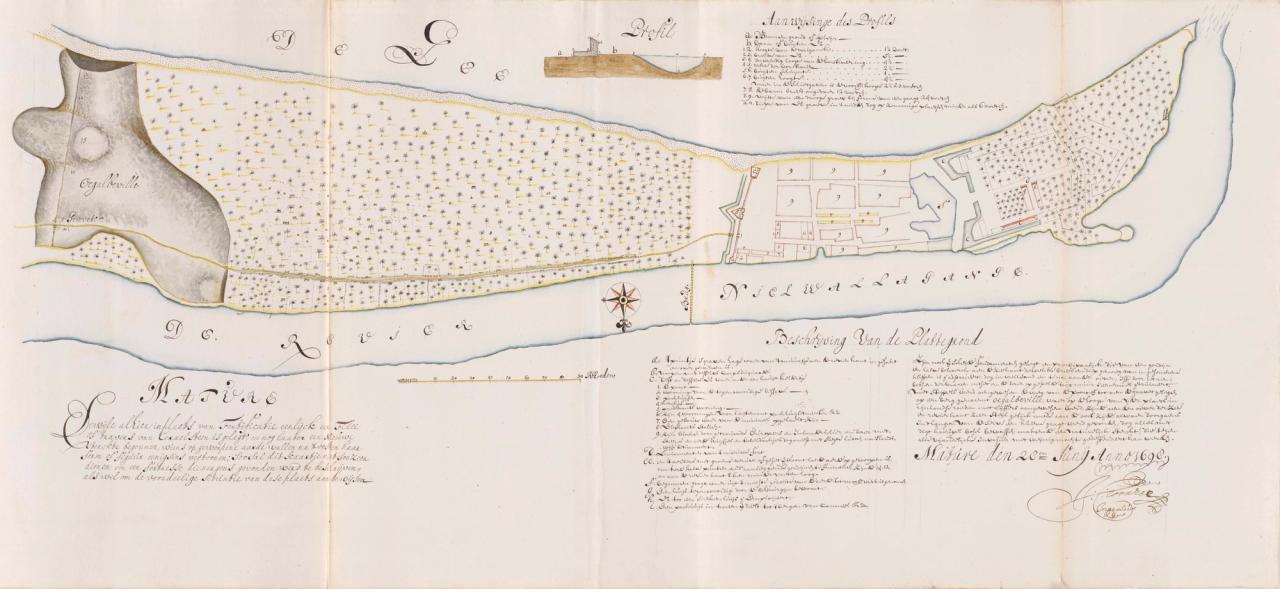
The elephants were then stored within the fort demarcated in sections, starved for three months (likely tortured and abused) enough to tame them and then exported to India via ships. To get them on the ships, people had to erect 'fake' trees to resemble a jungle and walk the elephants through it and onto the ship. This whole process would have been extremely difficult considering nature and especially the size of these magnificent creatures.
The Ceylonse royals also used elephants for transport and logistics and this herd was watched over by the 'Gajanayake Nilame''. Under his charge were officials such as Kuruwe Mudali, Vagachchi, Vidanerala, Bethme Rala, Kankanam, Muukaryins and Panikkirala who also did their part in capturing and taming these elephants.
84 elephants had to be exported each year, and if by any chance, this quota wasn’t met, the VOC or the Dutch East India Company would tax the King of Ceylon in line with the agreement for ‘cinnamon & elephants’.
1650 - The Dutch built an Elephant Fort in Matara
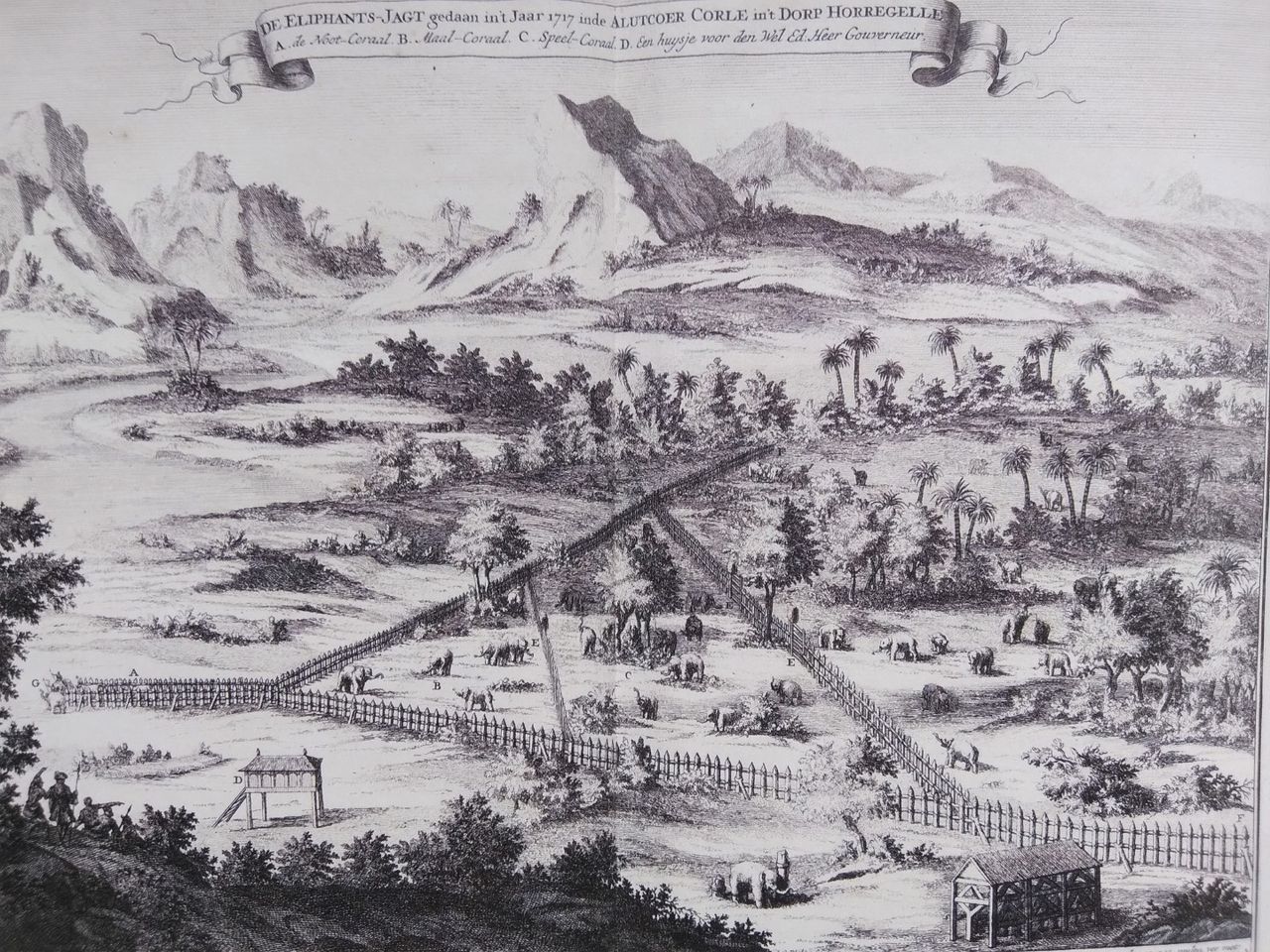

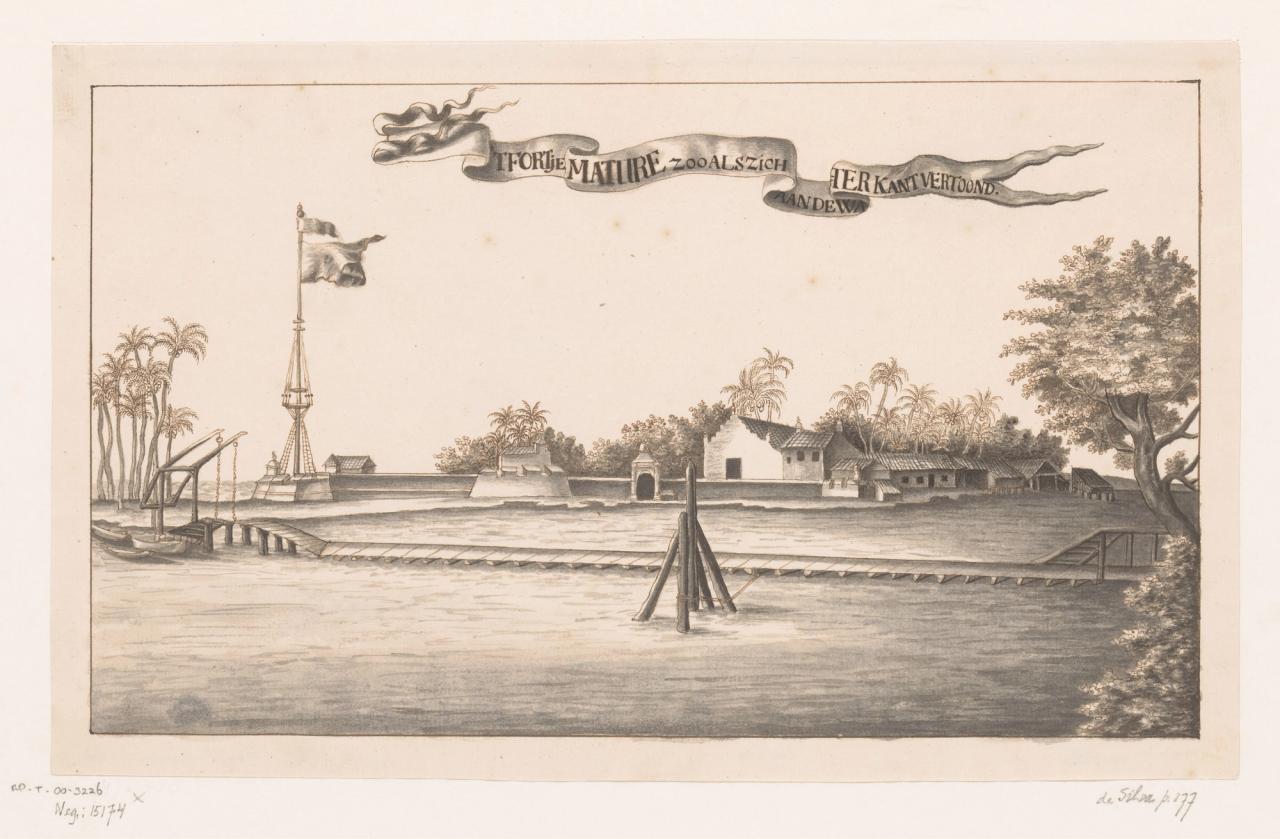
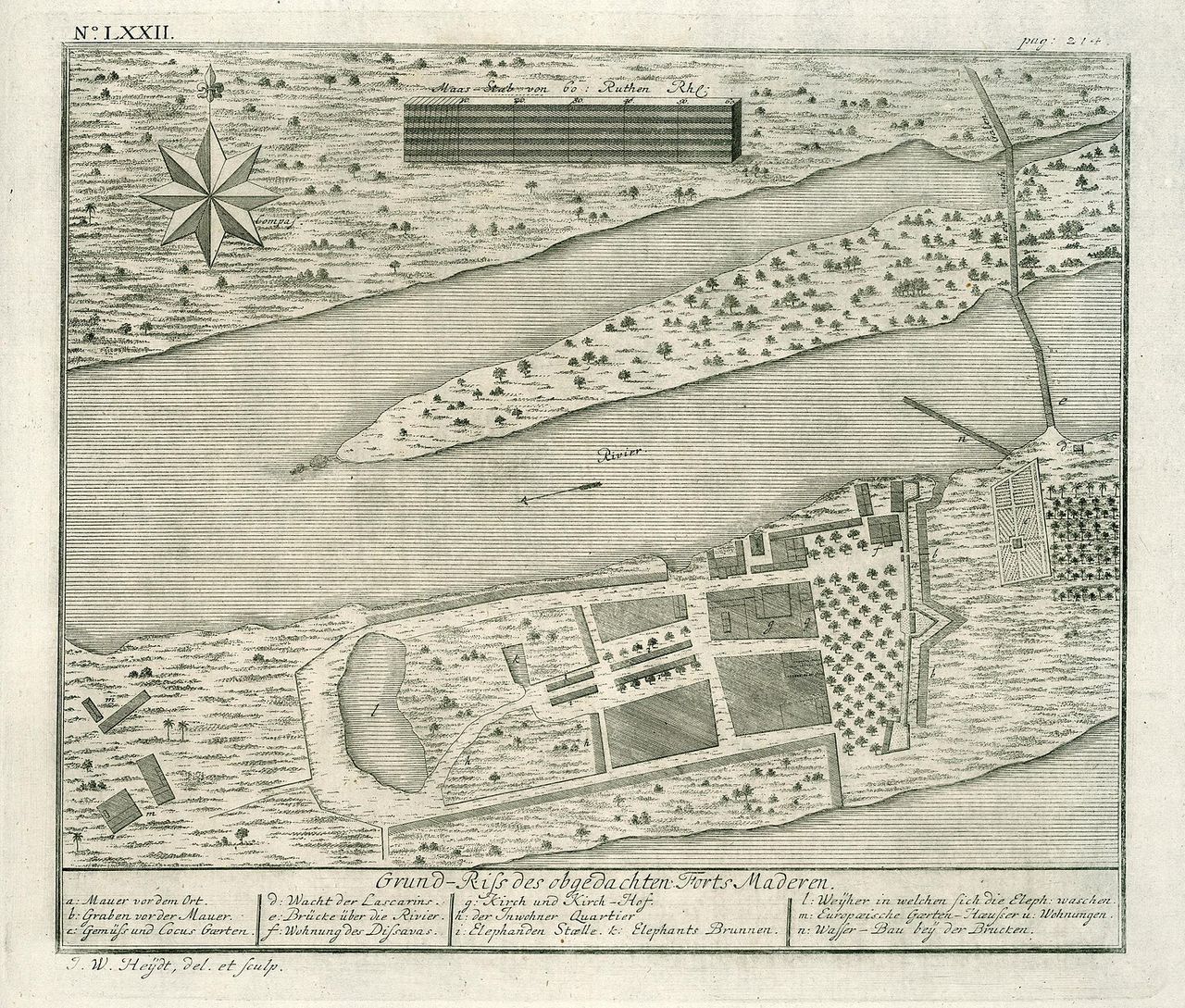
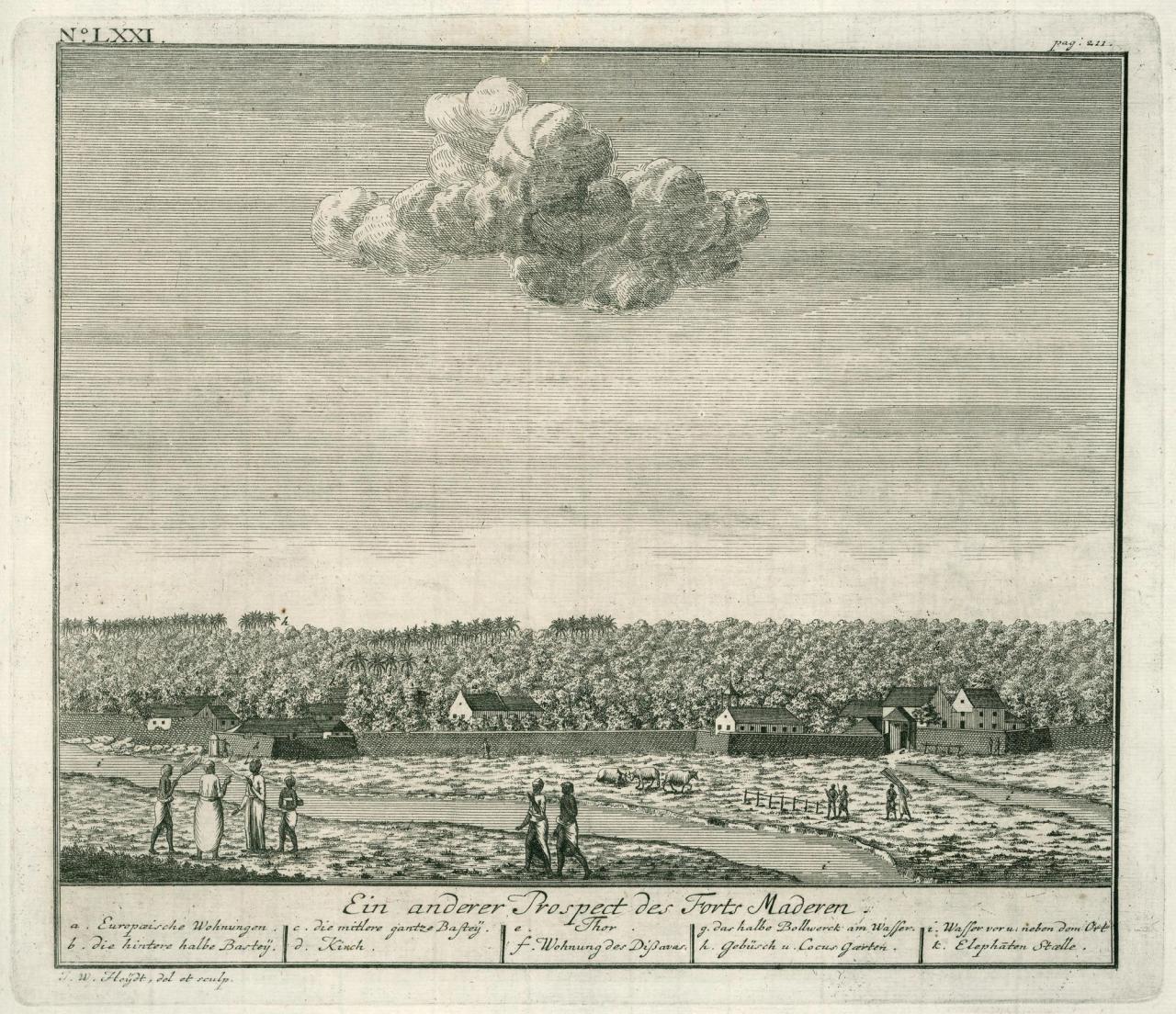
A tall two-storied structure with a large wooden deck on top of pillars made out of coral and lime plasters was used to 'watch elephants' within the Fort. Known as the ‘elephant platform’ then, is today the home of a sweet old couple who live in it who didn’t know that this was the function of their home about 300 years old.
Next to this structure is what was allegedly the residence of an Elephant Tax Collector, likely a place where a ‘Gajanayake Nilame’, the head of the royal elephant herd resided in.
Guess what these elephants exported from Sri Lanka were used in India for? Elephants would be used in war as water cannons, trained to store water in their bellies and spray it in high force when directed.
This historic and once enormously important seaport was the place where hundreds of captured elephants were quartered until transported to the umbrella of surrounding countries.
1700s - A Thriving Elephant Trade


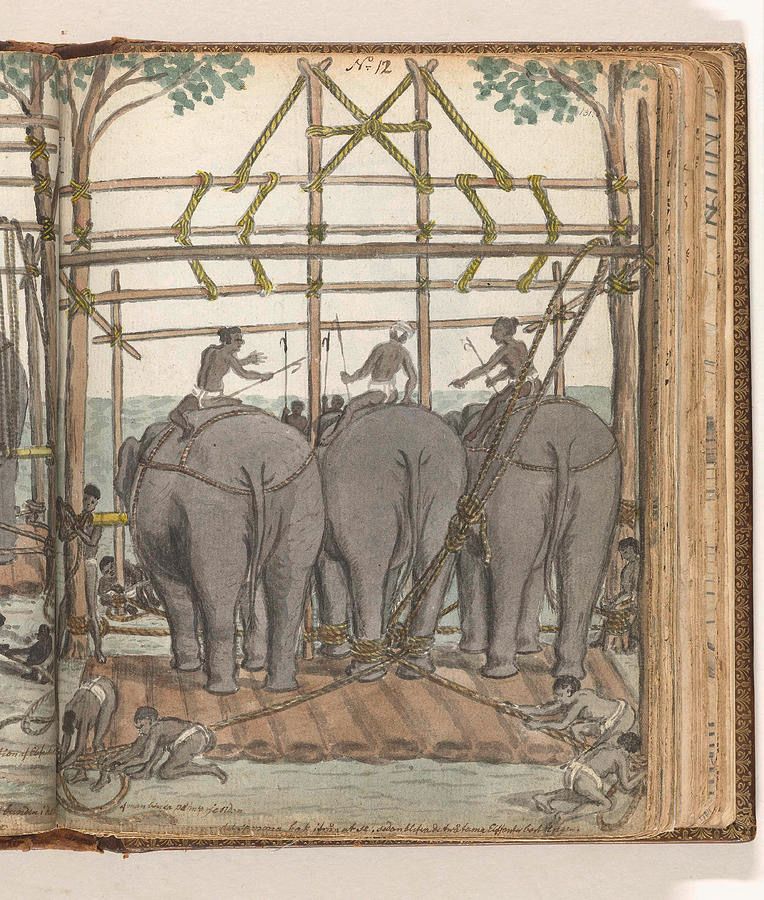
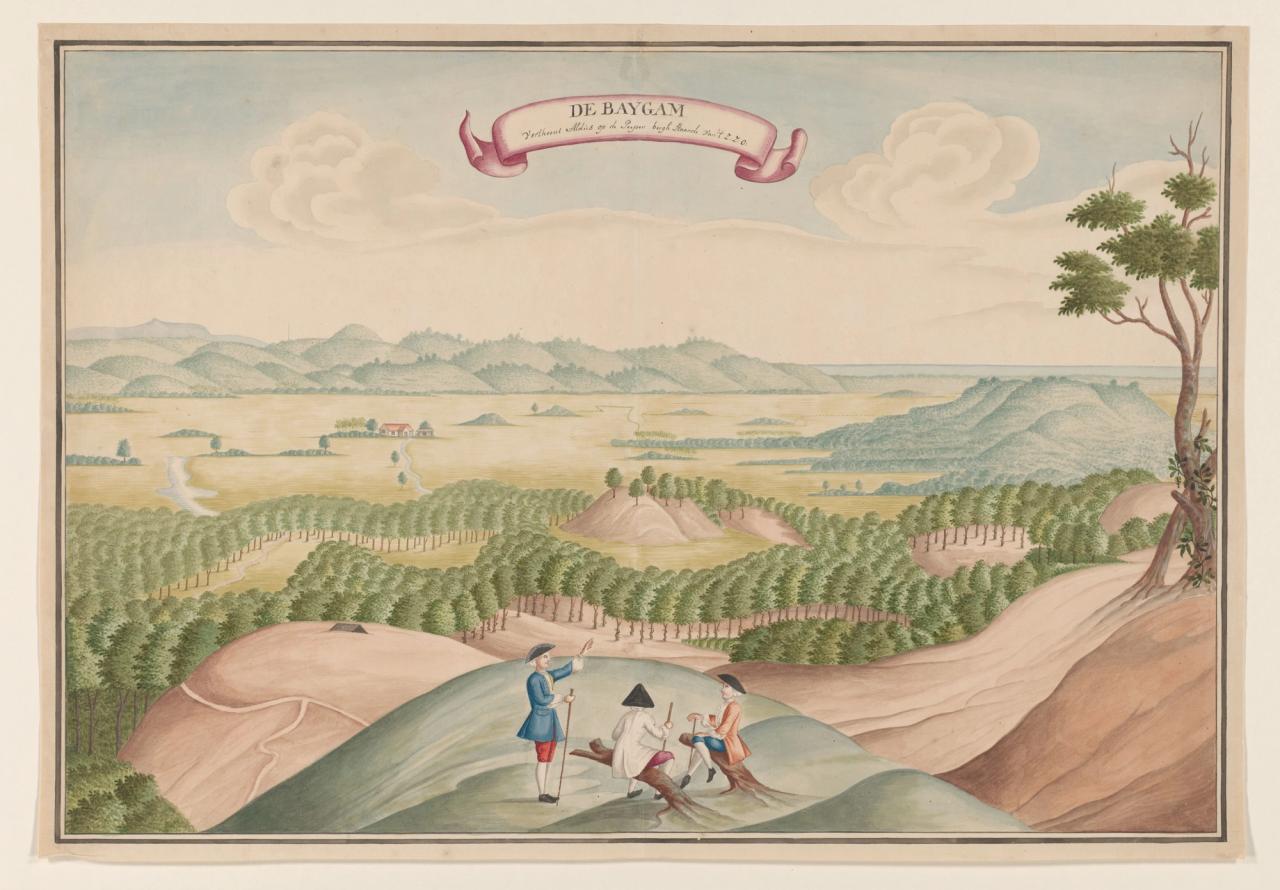
Thirty miles from Point de Galle lies Matura, a captain’s command. The fort and village are both small; the country round is exceedingly wild, but well supplied with elephants, and it is here they are principally caught for exportation.

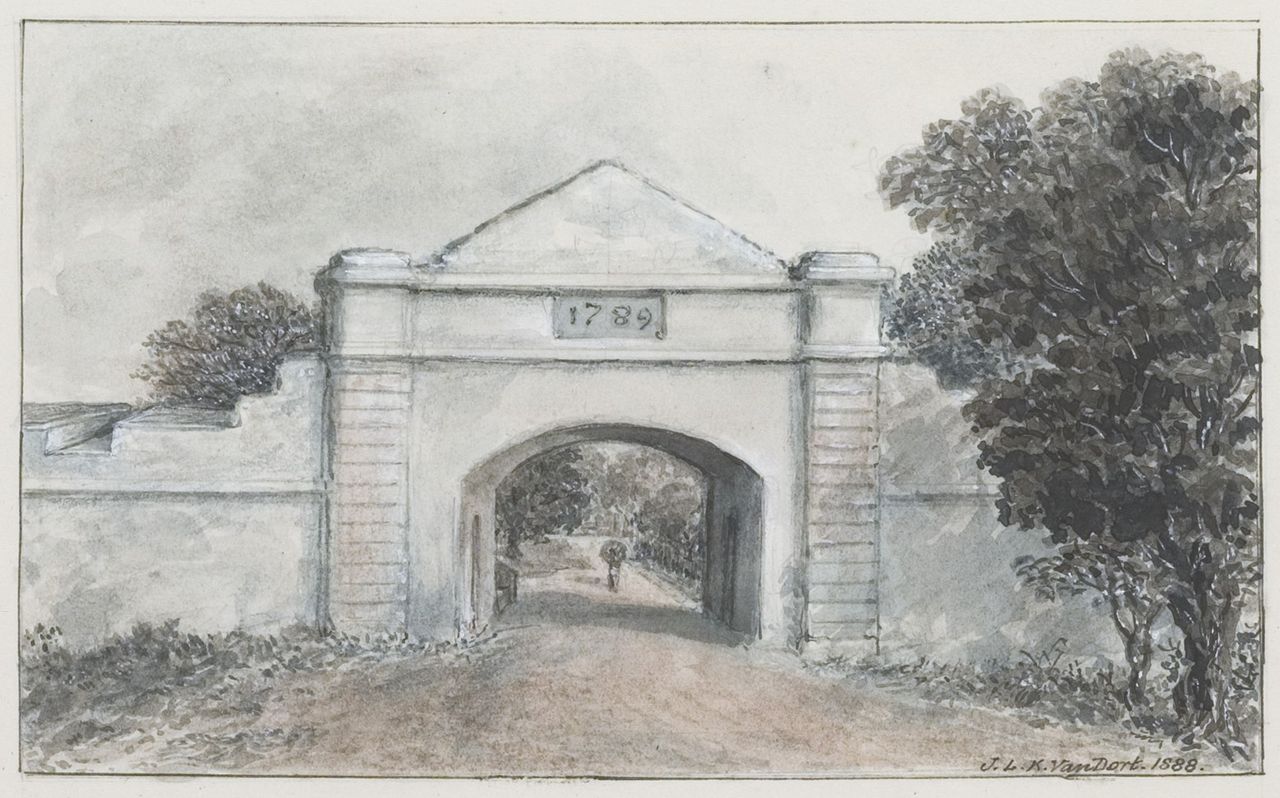
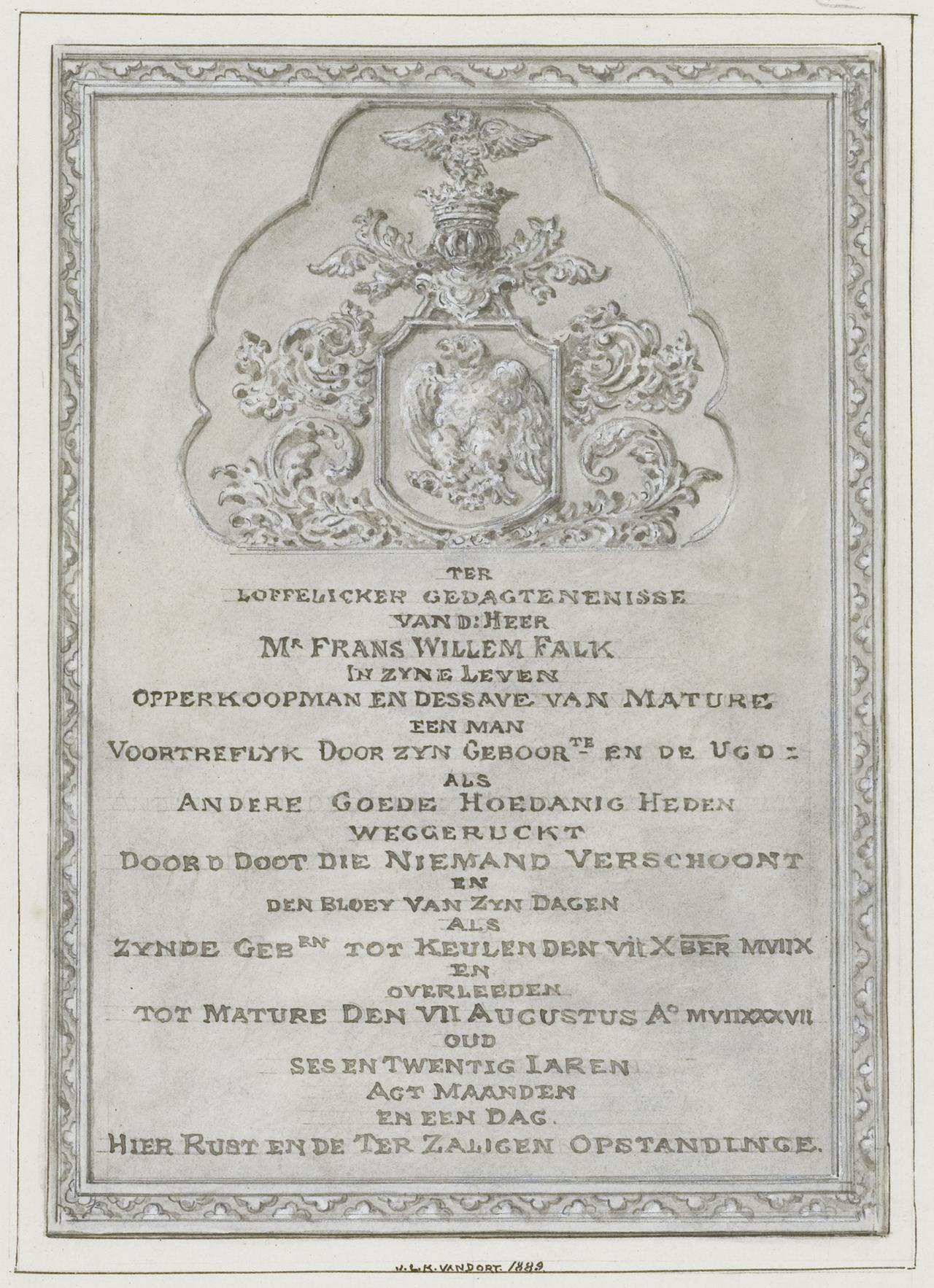

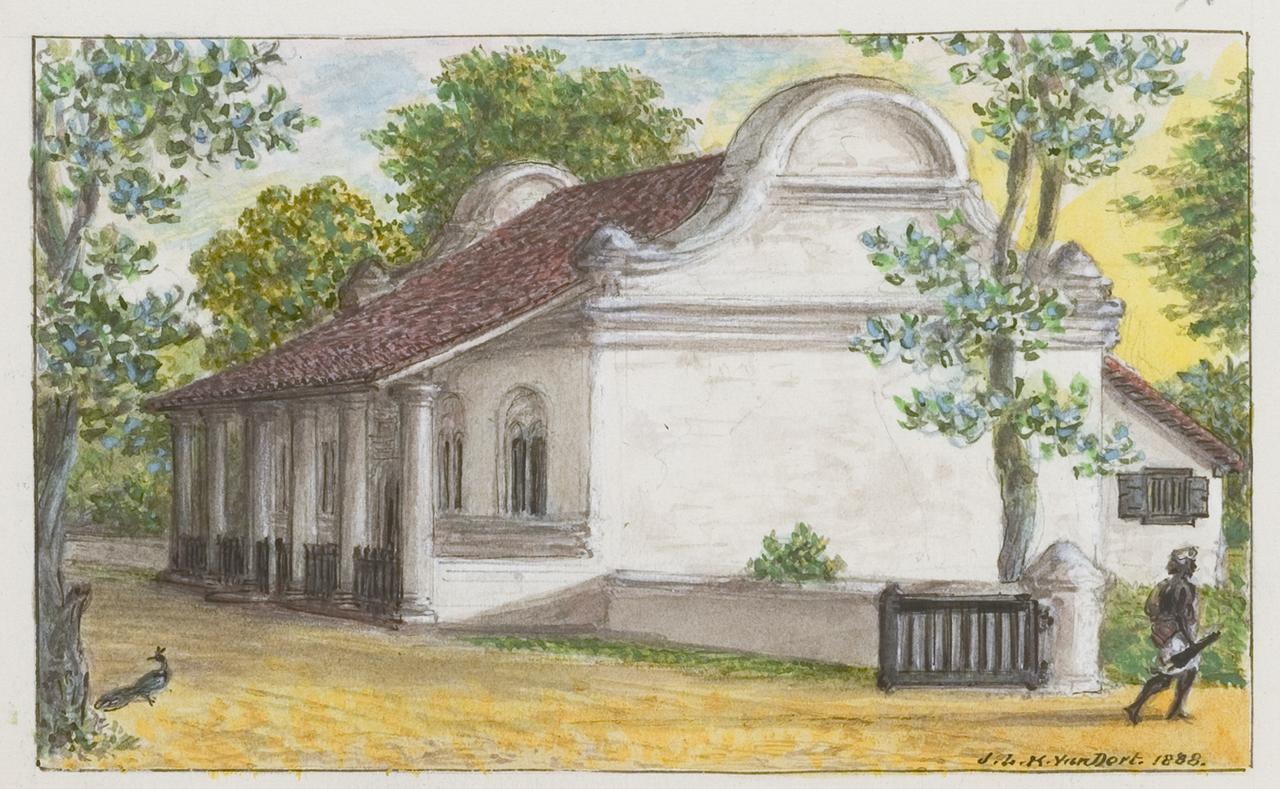
What was it like to live under colonial rulers and have them ship away your valuable resources? The answer came in the form of the 'Matara Rebellion' මාතර කැරැල්ල of 1760. The main cause of the uprising was the Dutch endeavour to register peasants' land holdings, and either dispossess them or impose taxes.
Kandyan forces stood up against the Dutch and were soon joined by rebellious lowlanders. Led by the kingship of Keerthi Sri Rajasinghe they captured Matara Fort in 1761. The soldiers approached from the land, crossed the bridge and bombarded the garrison and elephant stables in the fort, shooting cannonballs over the wall.
After they spiked their own cannons and destroyed their ammunition and provisions, the Dutch fled with ships that were waiting at sea. They returned a year later to recapture the Elephant Fort. The new Dutch Governor of Barron van Eck, decided to build an extra fort by the Matara bridge to prevent future attacks from the land: Star Fort. Shaped like a six-pointed star, the unique design was a masterpiece of military precision, complete with a ditch around it and space for 12 large cannons to cover approaches from all directions.
1763 - After the Matara Rebellion, the Dutch built Star Fort
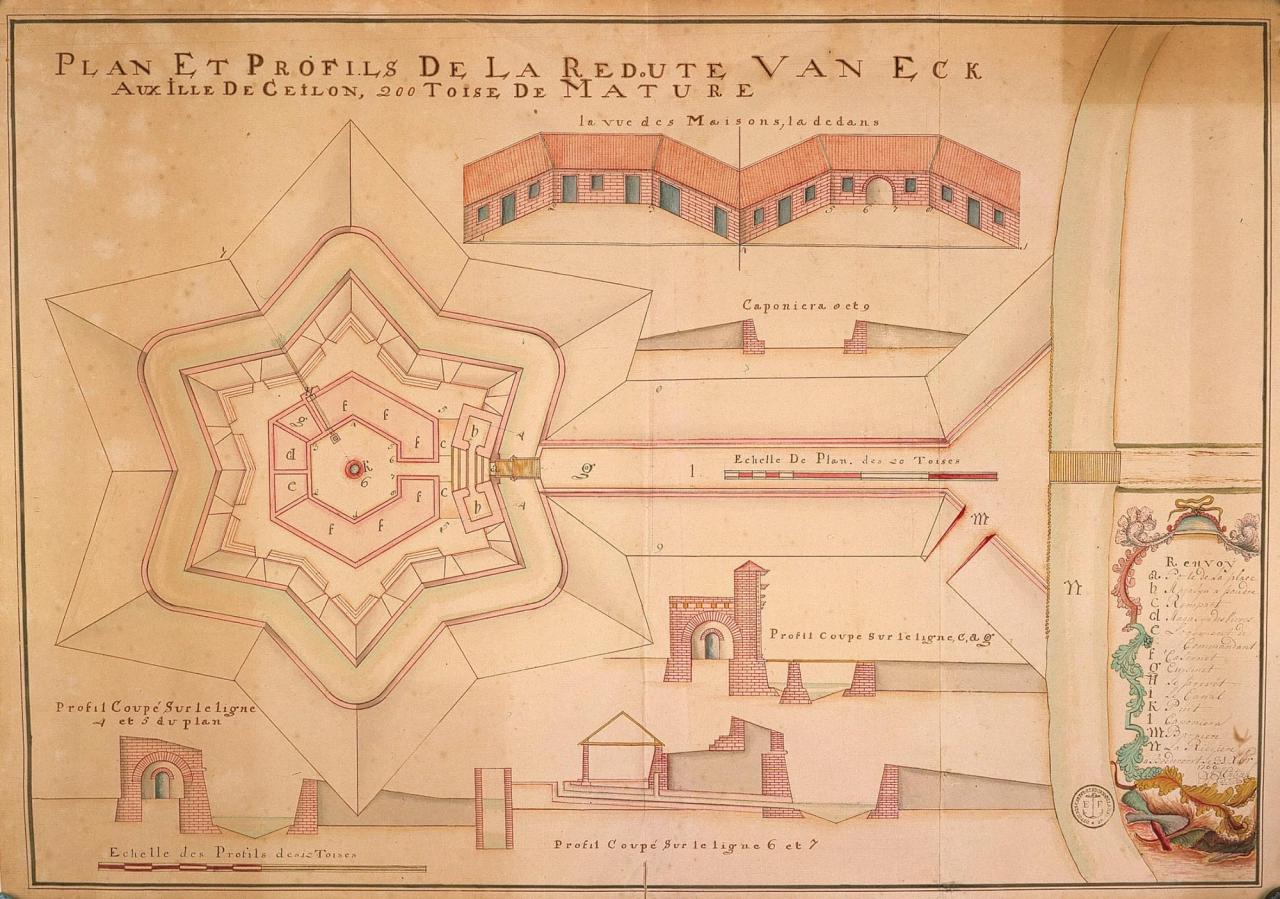

On 24 February 1796 the Fort was handed over to the British by the Dutch. The British removed the southern bastion of the ramparts facing the sea to make the town accessible from the waterfront. They also built some of the city's key landmarks many of which still stand today like the clock tower, train station, the courts complex, the rest house, a mission school and the Matara police station. Many of the walawwas and residential mansions in the Fort also date back to this period, typically belonging to Sri Lankan aristocratic families, cinnamon traders and lawyers.
1789 - Dutch handed over Matara Fort to the British
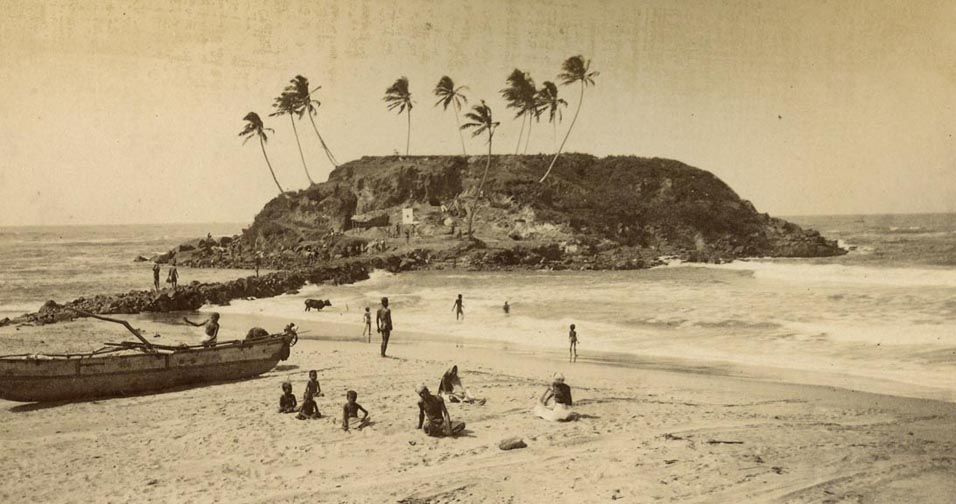
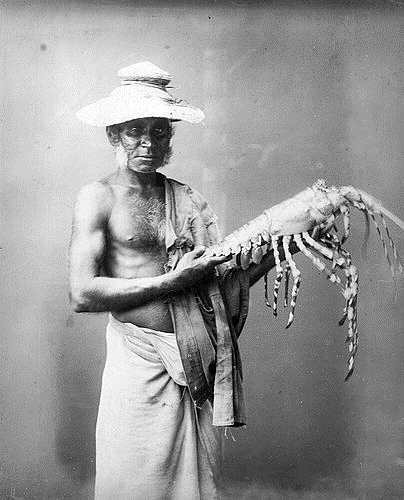
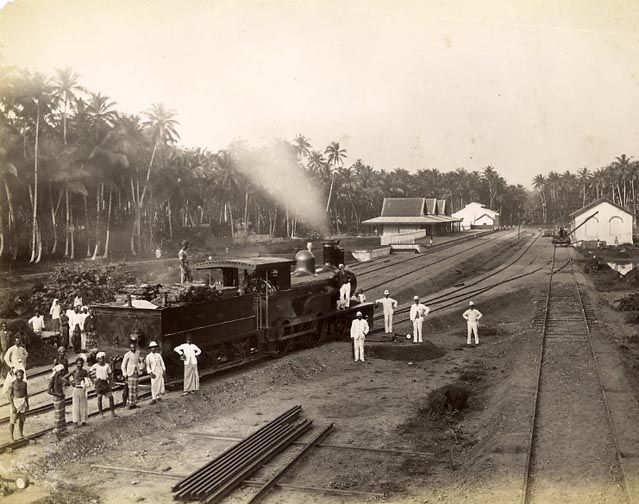
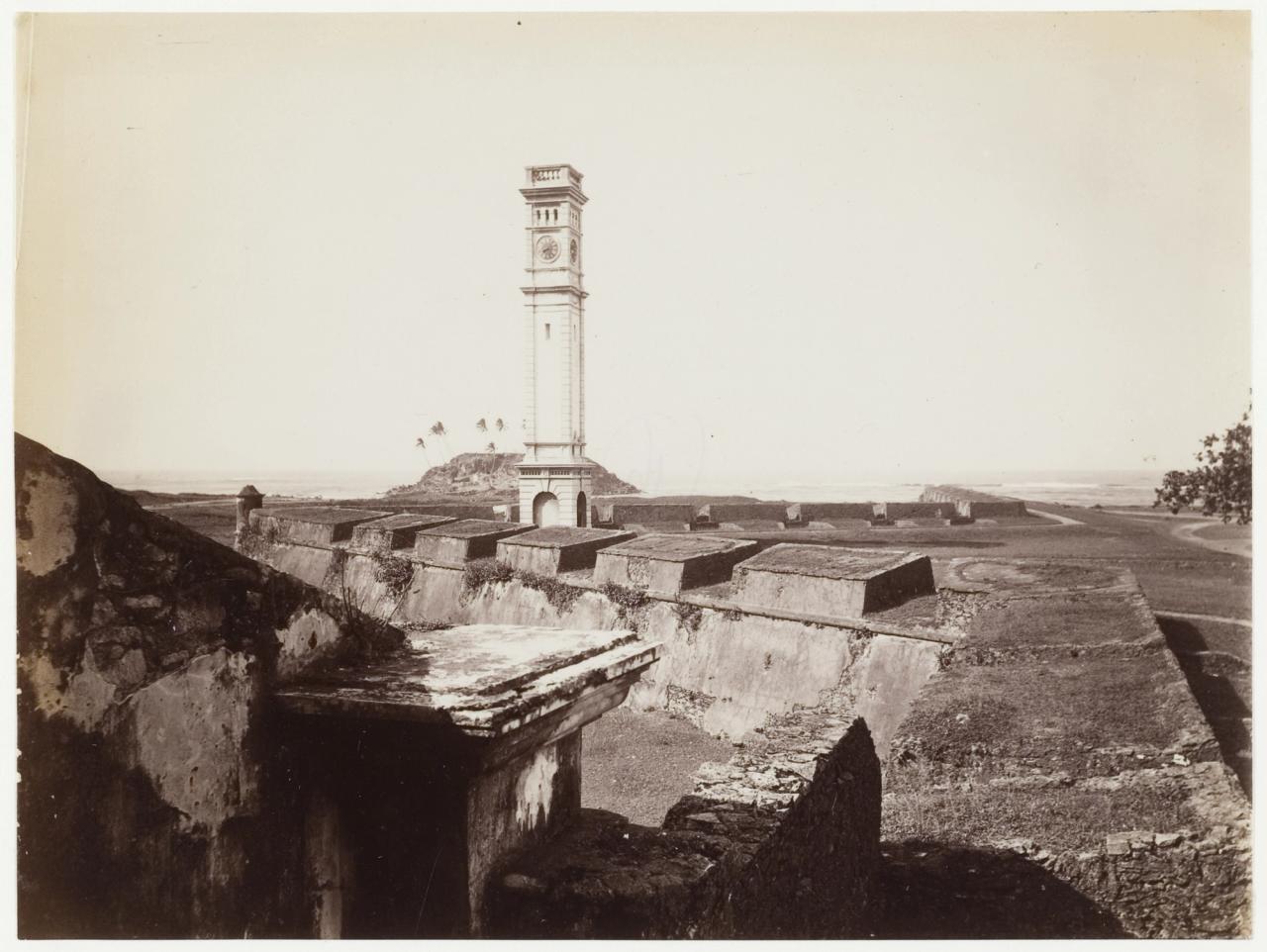
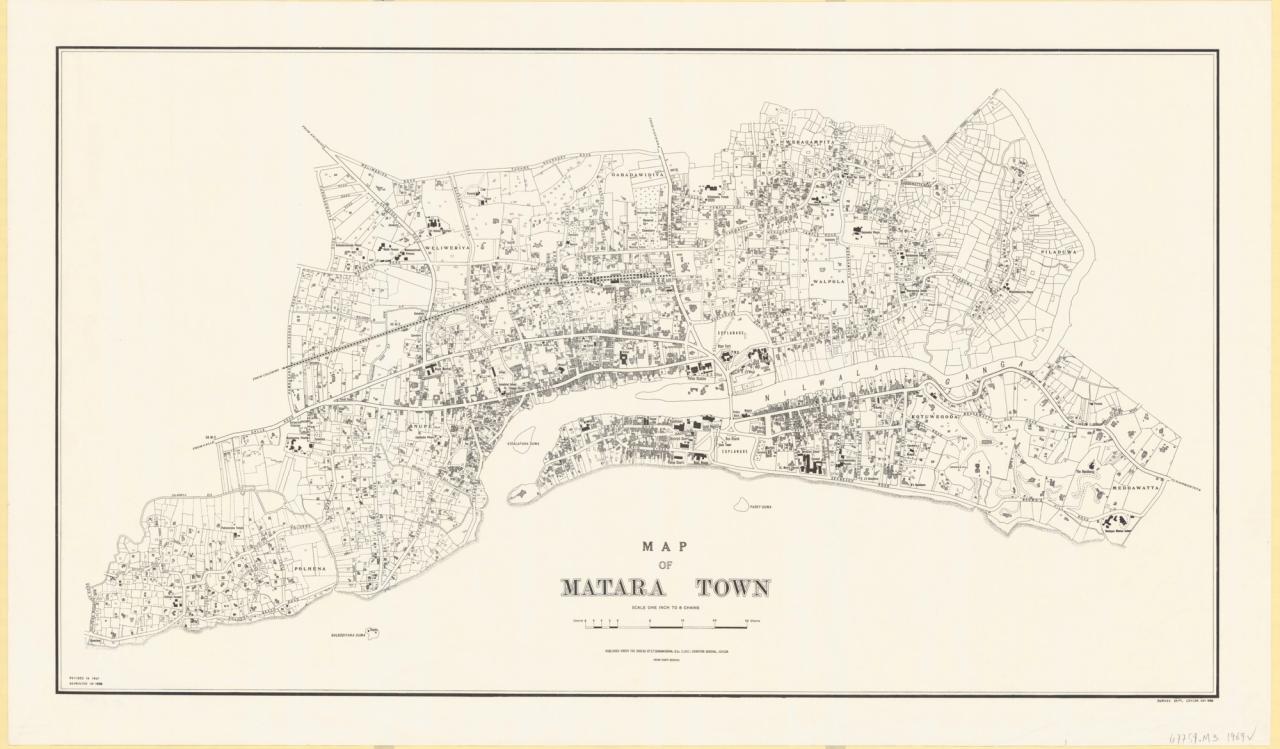
Stories of trade and faith
Today the place still embodies the spirit of its turbulent history. Its quiet streets teeming with traces from the past hidden in crumbling structures, age-old names and forgotten tragedies.
A tribute to its trading history Matara is home to diverse faiths, to the Matara Temple, Muhiyaddeen Jumma Masjid, The Shrine of Our Lady of Matara as well as the Dutch Reformed Church. One of the oldest churches in Matara, the Dutch Reformed Church tells many colonial stories through its 25 gravestones that mark the burial of notable Dutch officials such as Governor Falck, Sir Henry Lawrence, C.A. Lorenz and Babara Lambertyn, the housewife of the Chief Master Lambertus Lambertyn. Today this church lights up with children singing hymns and sharing their merriment during celebrations such as Christmas.
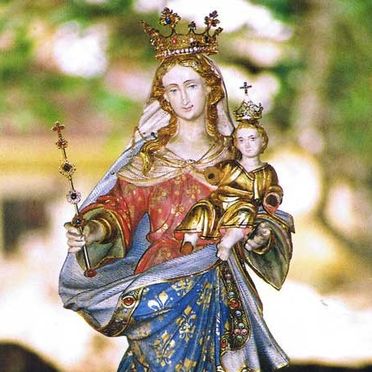
What is now known as the ‘masterpiece’ of the Matara Fort, the Shrine of our Lady Matara. It was built in 1706 as a place of worship for officials working at VOC on developing the Matara Fort for the elephant trade. The graveyard as well as the open area in front of the church, now a playground, belongs to this church.
As you enter Matara, you will notice the white Muhiyaddeen Jumma Masjid glazing over the blue hues of the Nilwala River. This mosque, like many of the religious constructions including Buddhist temples that were built in the early 20th century, was inspired by British architecture.
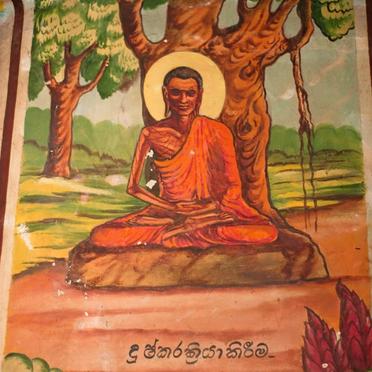
One of the most sacred places in Matara, revered by Buddhists, is the Matara Bodhiya which has a history of treachery and tragedy intertwined in its roots. It is said that it is one of seven sacred bodhi trees scattered in Matara that remained after the Dutch General at the time used the rest for timber for construction within the Fort.
Stories of ghosts and crocodiles
Matara has a dark side too. This tropical slice of paradise is infamous for the paranormal and occult. Voodoo, exorcisms, sightings, and unexplained phenomena run unchecked and undisturbed. We followed a trail of whispers that led us to some very interesting findings.
Encompassed by water bodies such as the Nilwala River that flows into the Indian Ocean, you can’t help but notice the occasional crocodile sunbathing by the riverbank or cruising in the river when you glance over the bridge in passing. “We didn’t swim in the Nilvala river then, and we can’t now. This is their kingdom,” says Tharanga Liyana Arachchi, from Galle Heritage Foundation who supported our efforts with his invaluable knowledge about Sri Lanka.
Incidents of 18-foot crocodiles weighing 10,000 kilos washing ashore after heavy rains are common and you can even book a ‘Crocodile Watching Tour’ if you can find someone brave enough. With local life so merged with the water around it, you may also hear of deaths and near-death experiences with crocodiles, so be warned when venturing near the river and dock.
Deep, dark and daunting, Matara’s horror stories. Rivers are not the only places with creatures lurking in their shadowy depths.
Matara, according to the locals is a place that held many scary secrets, sorcery and occult activities. People turn to voodoo and exorcisms when medical and psychological support fails to solve a problem. A possessed woman, a lingering spirit in a run-down house, and a man who amputated his own hand make up only some of the horror stories in Matara that we came across.
We didn’t swim in the Nilvala river then, and we can’t now. This is crocodile kingdom.
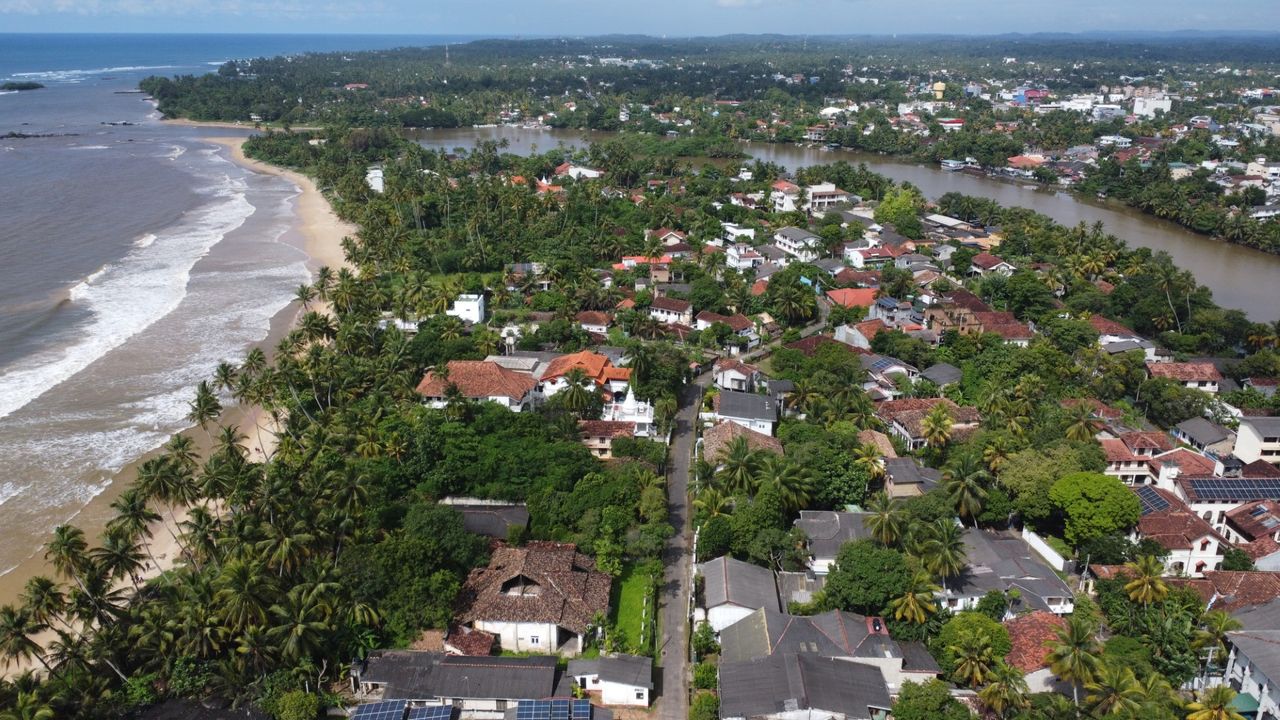


By rediscovering your own history, you become the heritage custodians of the future.
Physical reminders of a shared history in Matara
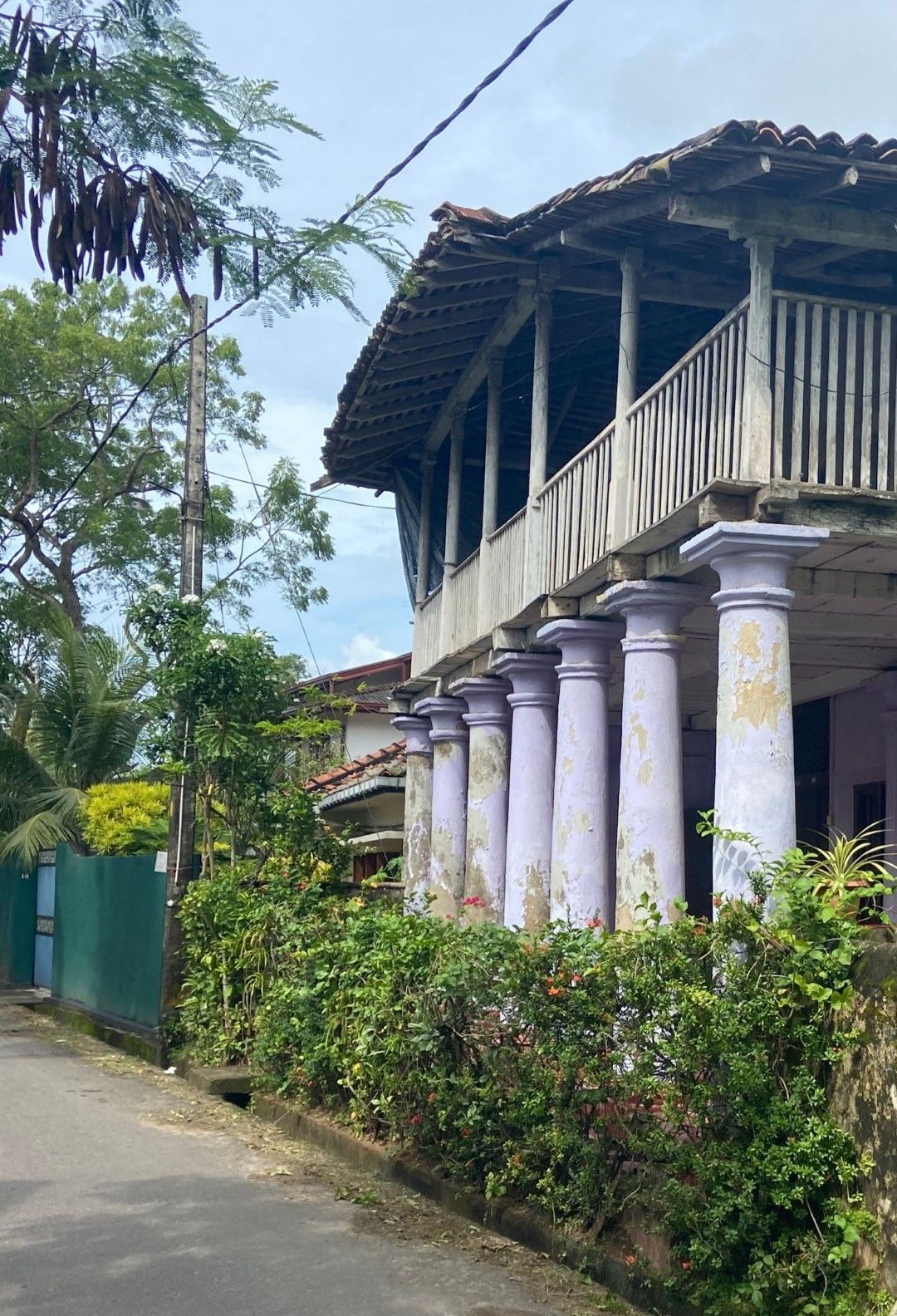
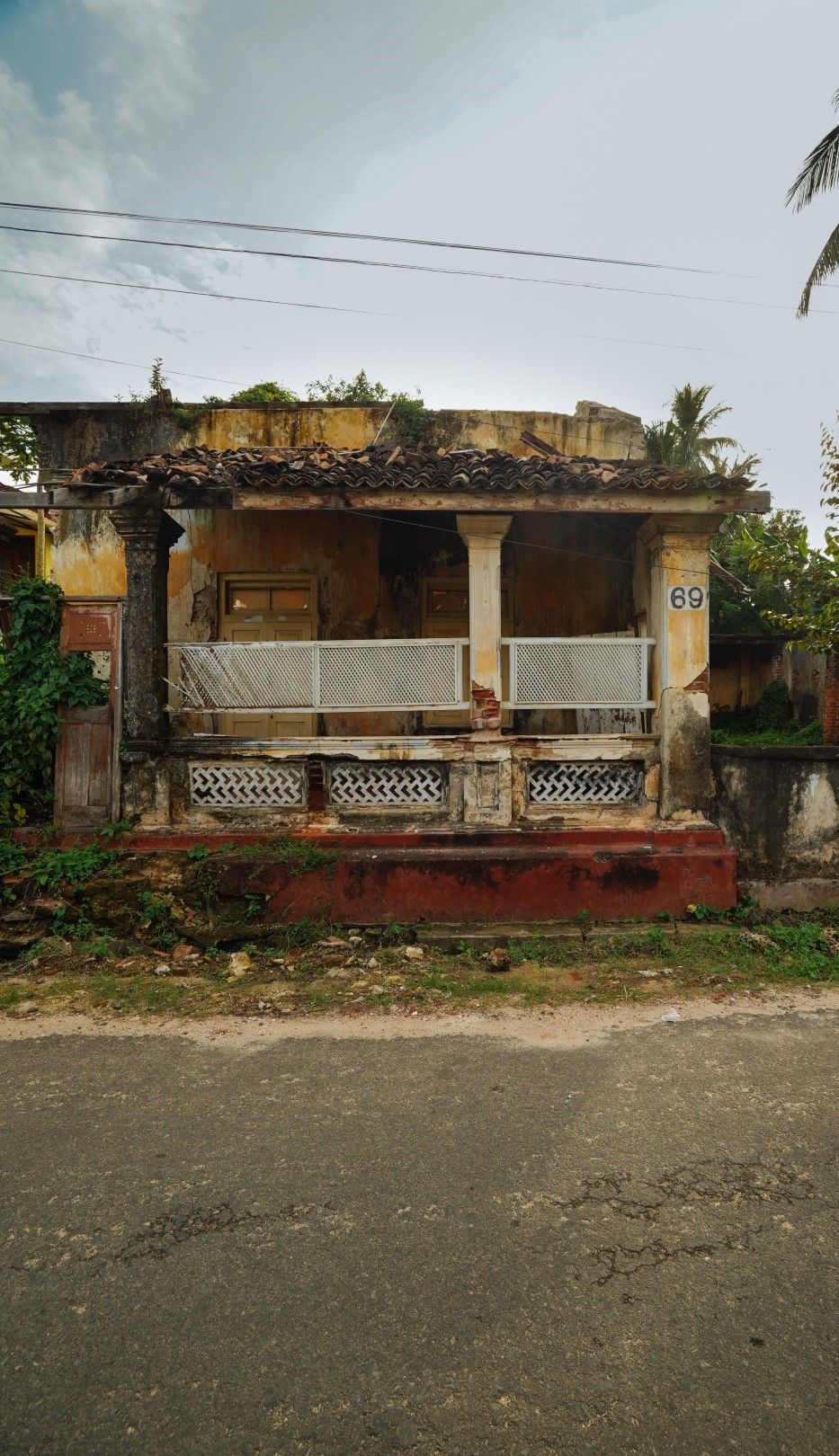
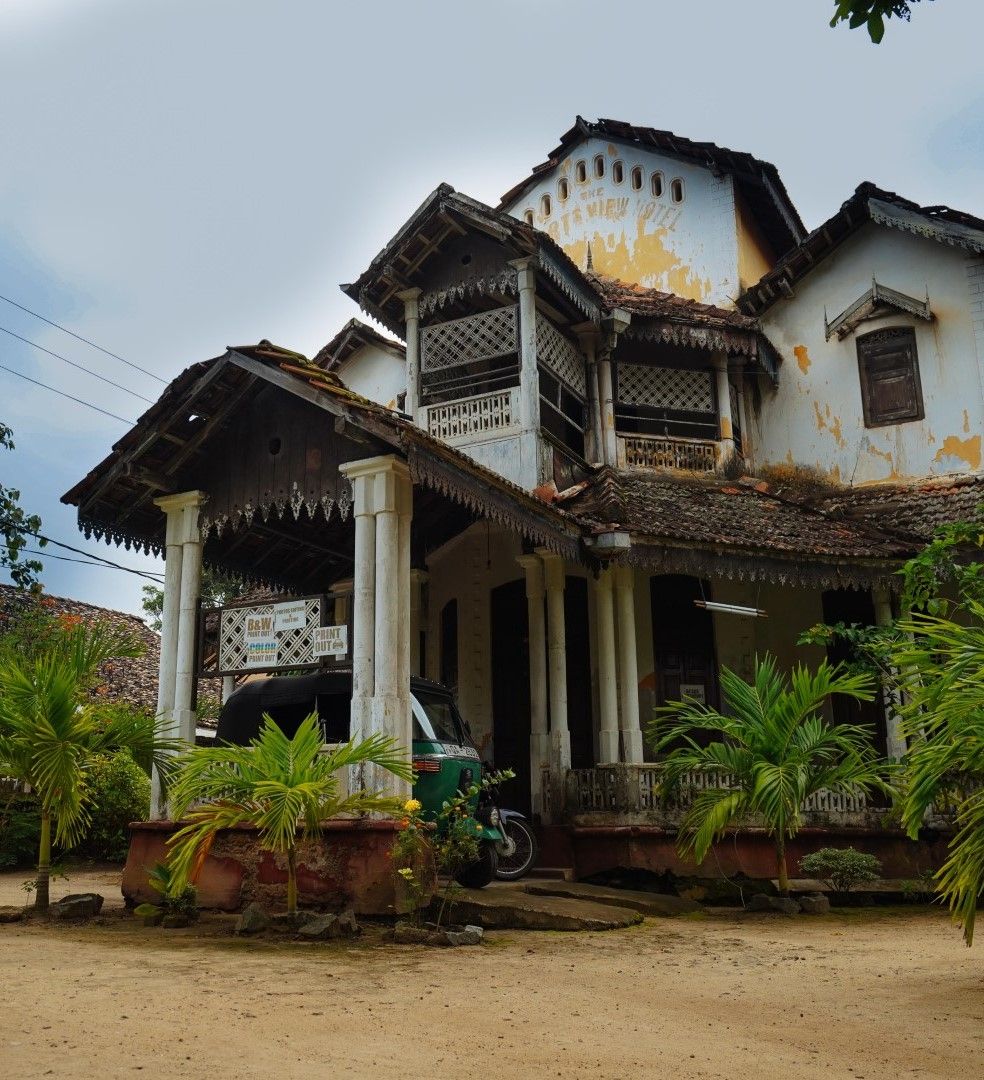

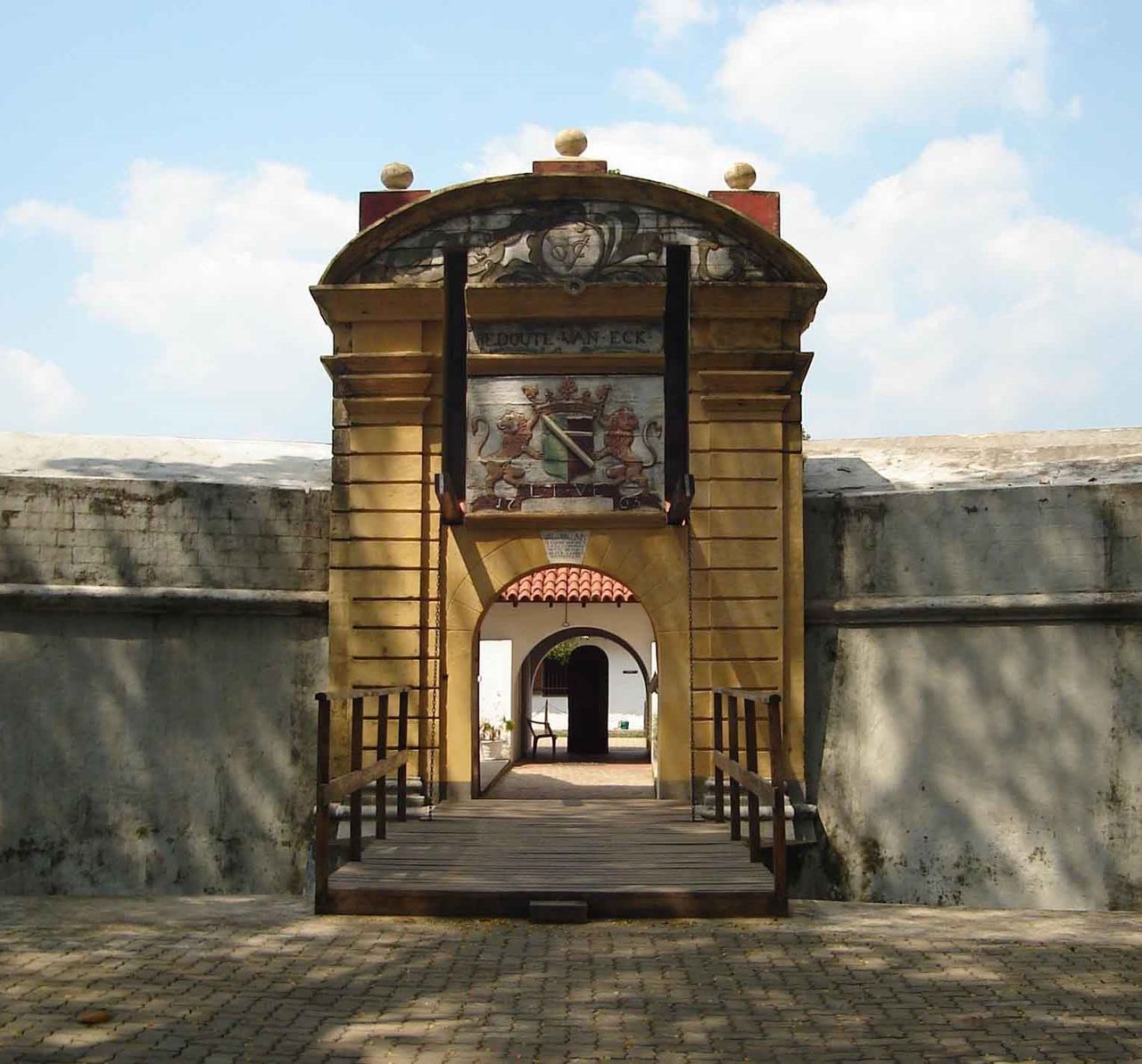


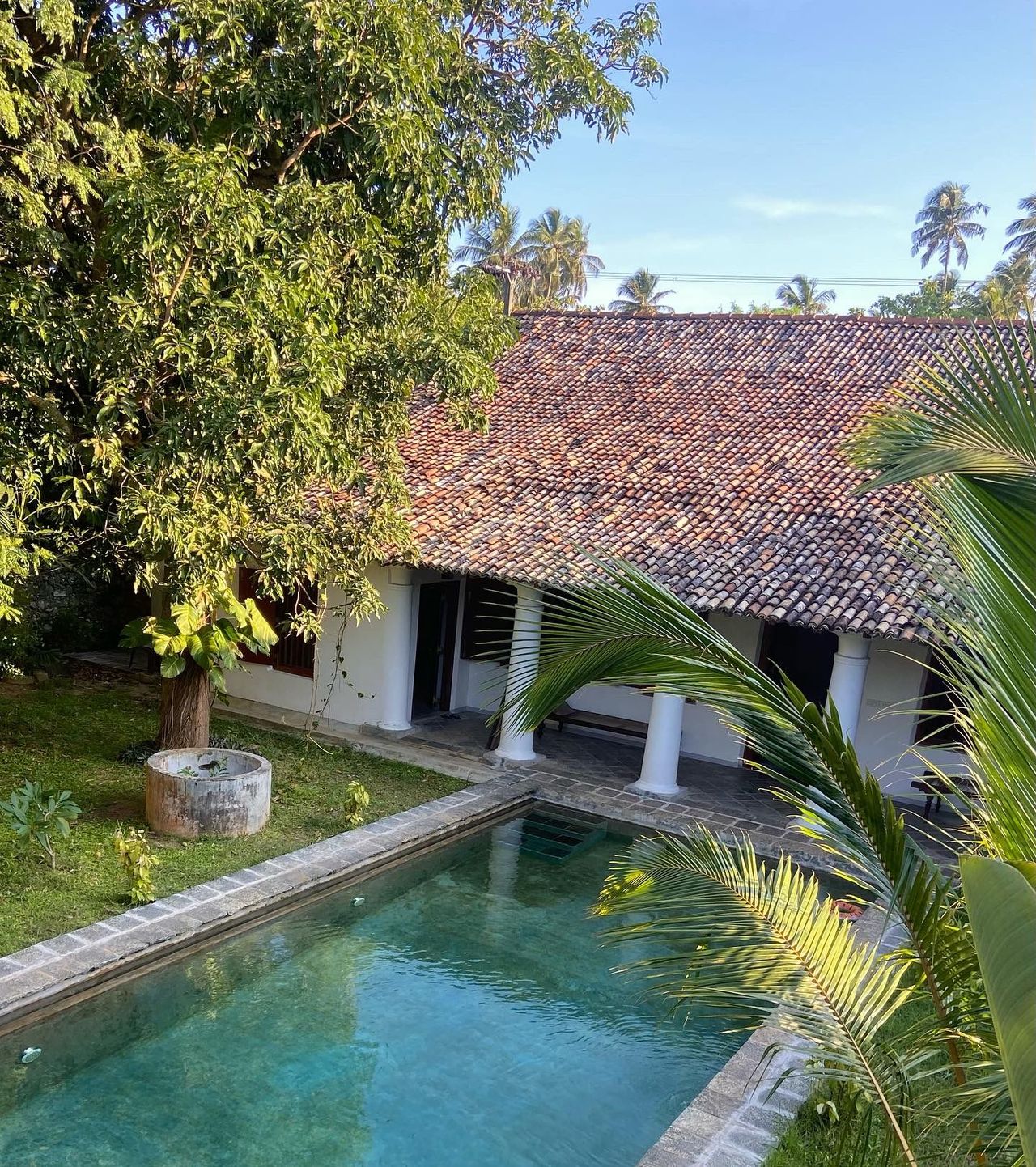
Explore Matara
It's these and many other stories and historical facts that inspired us to make a new map of Matara. We invite you to stroll through these secrets waiting to be discovered and immerse yourself in a legacy fortified in time. You can now discover the places (and secrets) and travel like a local in Matara, Sri Lanka through a series of six story-walks on our platform.
Learn the history of a coastal town unlike any other. Meander among old Dutch architecture and bask in the heritage of a time past. ⛪
Seek the elusive elephant trade and listen to the sound and stories of the ocean. 🌊 🎣
Eat from the places that locals go to 😋 but try not to get lost in the hallowed horror houses we featured 👻
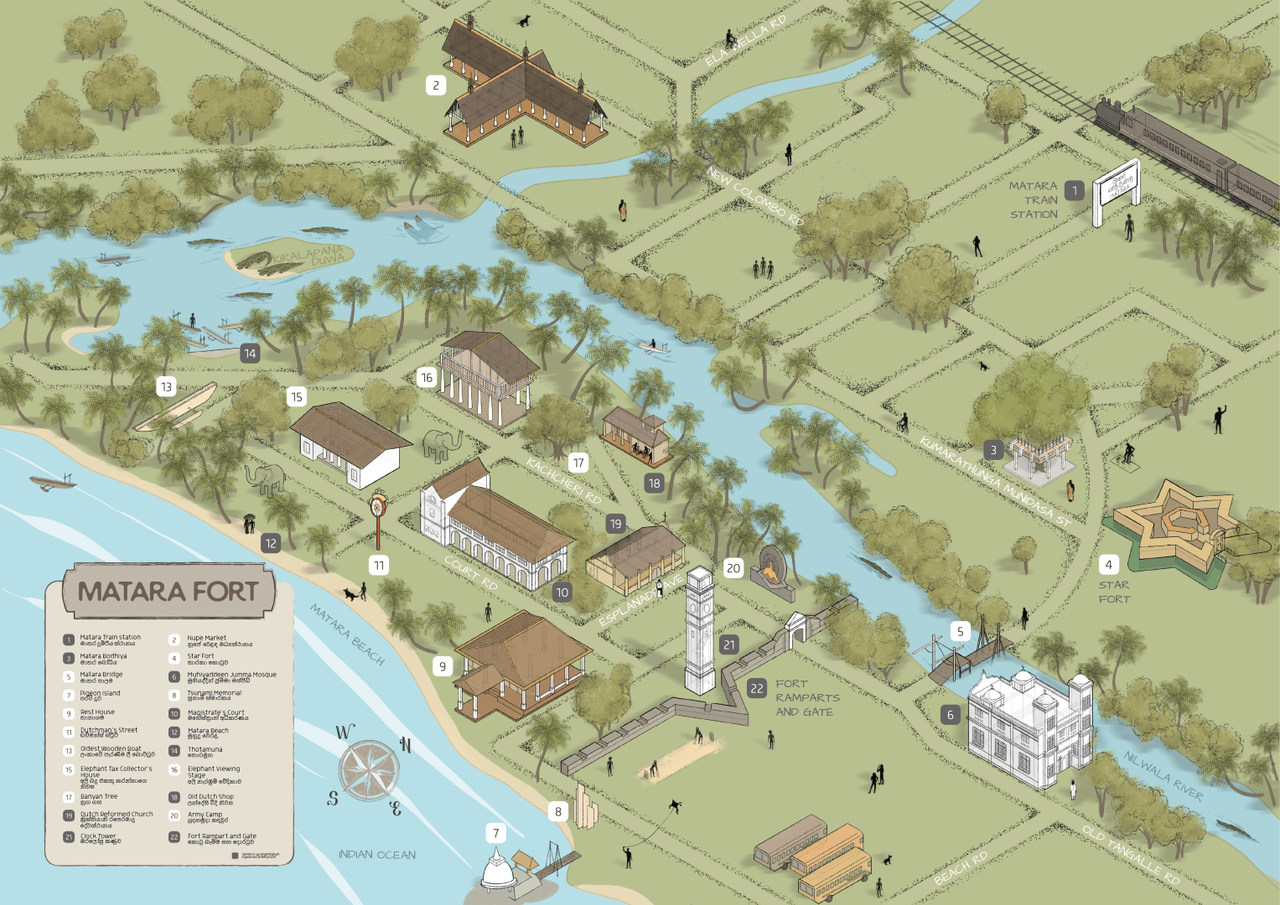
The new map of Matara Fort
Meet the locals, hear their stories, learn what they love..
Words by Nadeesha

A weaver of words and a lover of getting lost in a jungle or in her own mind, Nadeesha believes that genuine connections within us, being one with nature and dance can heal everyone.
Find Nadeesha @nadeepaws
Photos by Atheeq
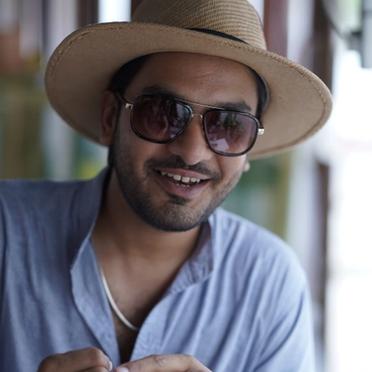
A black sheep who broke a family rhythm of five generations, Atheeq found his own in deciphering life through a ‘pause-click-resume’ state which uncovered more to life than he could ever imagine. That is if he is not out in town on his motorbike to find the best spots to fly his drone.
Find Atheeq @CeylonSoul
Historical maps and images in this article have been sourced from the archives of the Royal Netherlands Institute of Southeast Asian and Caribbean Studies and the Atlas of Mutual Heritage, a complete digital overview documentation about the Dutch East India Company (VOC) and the West India Company (WIC).
Special thanks to Tharanga Liyana Arachchi and Prathini Samaradivakara of Galle Heritage Foundation and for their research work on the history and heritage of Sri Lanka.
The youth-led mapping project in 9 Fort Cities along the Sri Lankan coast was funded by the Netherlands Embassy in Sri Lanka and executed by iDiscover Academy. Sri Lanka and the Netherlands have a long-standing history. Through this project, we highlight the many marks of a rich past that survived into the present; structures, people, livelihoods, food and the stories that embody the spirit of this place. Unravelling history through the lens of youth is more than just a reminder of our rich heritage, but a vision for the future of Trincomalee.
Credits
Created by

Designed by

Powered by
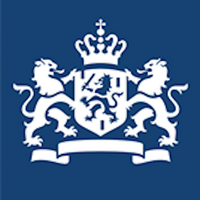
About
Prathini Samaradiwakara ප්රතිනි සමරදිවාකර
A heritage seeker explores hidden gems of history. History is an ancient scent mixed with past nostalgic feelings. I like to find it because we are now standing on ancient ruins that flow from the past. ඉතිහාසයේ සැගවුණු උරුම සොයායන්නෙක්මි. ඉතිහාසය යනු ඓතිහාසික සුවඳ මුසුවුණු අතීත කාම හැගීම් සමුදායකි. මා ඒවා සොයායාමට කැමැත්තේ, ඒවා අප අද සිටගෙන සිටින පැරණි නටබුන්වලින් අතීතයේ සිට ගලා එන බැවිනි.
www.facebook.com/prathini.samaradiwakara.77Devni Jay Devni Jay
A chaotic-good, ambivert with wild hands that give life and colour to the imagination, Devni is a curious seeker who tries to understand boundaries so she can break them.
www.nomadic-artisan.comNetherlands Embassy Sri Lanka
Sri Lanka and the Netherlands have a long-standing history. Through this project, we highlight the many marks of a rich past that survived into the present; structures, people, livelihoods, food and the stories that embody the spirit of this place. Unravelling history through the lens of youth is more than just a reminder of our rich heritage, but a vision for the future of Matare.
www.netherlandsandyou.nl